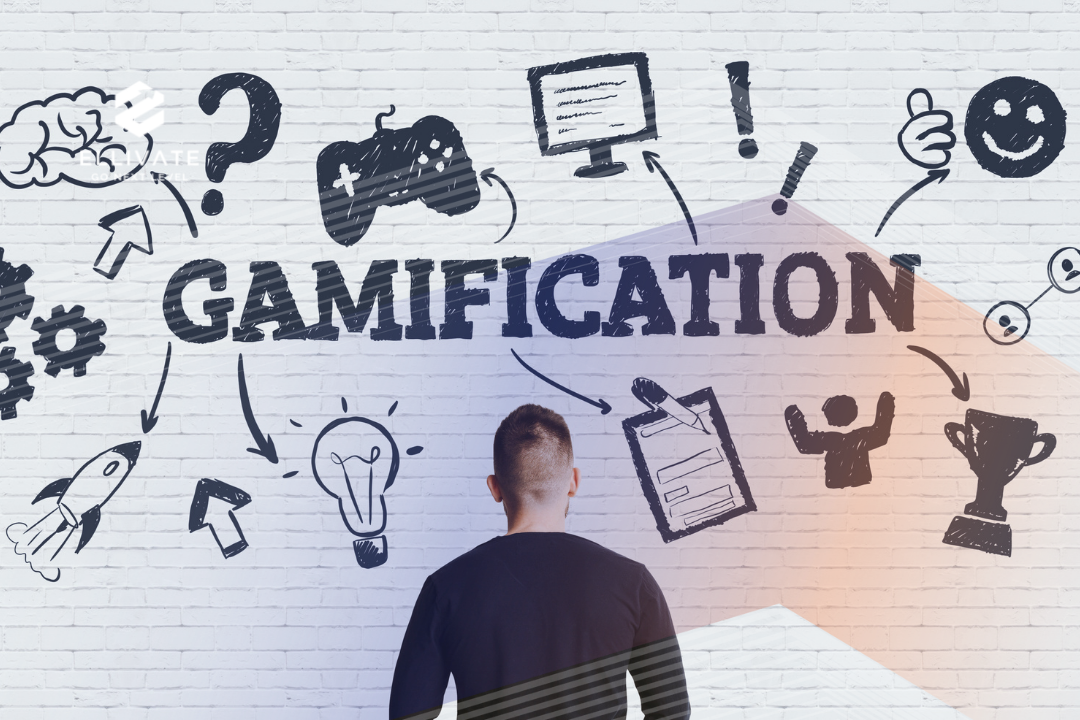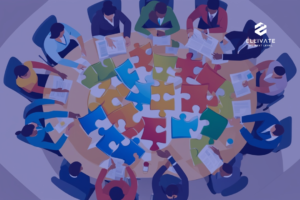It’s undeniable that sales teams are essential to the success of any business. After all, without sales, companies would have no revenue and would eventually go bankrupt.
That’s why it’s so important to keep your sales team engaged. If your employees are disengaged, it’ll show in their sales performance, which could mean missed quotas and lower profits.
So how can you ensure that your sales team stays engaged? One way is through incentivisation through gamification. Wherever gamification is used, there is empirical evidence that it drives behavioural improvements.
Gamification has been found to steer people’s actions toward improvements in both commercial and non-commercial settings. Commercial gamification is very advantageous to a company’s sales personnel.
Using this approach, sales teams may be driven, engaged, and encouraged to perform better. Improved sales efficiency immediately translates to a more productive workplace and more revenue for the company.
What Is Gamification?
Gamification is the application of game mechanics and game thinking to non-game contexts to engage users, solve problems, and drive desired behaviours. It’s based on the idea that people are more likely to perform certain tasks if they’re fun and engaging.
Therefore gamification is often used as a tool for behaviour change. If you can make a task more enjoyable, you’re more likely to get people to stick with it and see it through to completion.

How Does Gamification Work?
Four key elements make up gamification: points, badges, leaderboards, and challenges.
● Points are a way of measuring progress. They tell the team member how well they’re doing and how close they are to reaching their goal.
● Badges are given to team members when they accomplish something or reach a particular milestone. They act as a visual representation of achievement and can be shared with others.
● Leaderboards track team members progress and show how they compare to their peers. They help create a sense of competition and can be used to motivate players to do better.
● Challenges are tasks that team members must complete to earn points, badges, or other rewards. They help keep players engaged by giving them something to work towards.
Different types of gamification you can use:
1. Create contests between teams or individuals
This type of gamification pits teams or individuals against each other in a contest to see who can achieve the most. Contests can be based on a number of different metrics, such as sales volume, product knowledge, customer satisfaction, or even social media engagement.
The advantage of this type of gamification is that it can create a sense of competition and excitement that can help to drive sales performance.
2. Leaderboards
Leaderboards rank teams or individual members according to their performance on a given metric. These boards can be public or private and updated in real-time or at fixed intervals.
This type of gamification is often used in sales teams to motivate individuals to do better.
3. Link it to your learning management system to reward and gamify behaviours
Many learning management systems (LMS) include features that allow you to gamify the learning process. This can involve awarding points for completing tasks or giving badges for reaching specific milestones. The advantage of using an LMS is that it allows you to track and monitor employees’ progress as they learn new skills.
The Benefits of Gamification:
1. Share best practices
One of the benefits of using gamification is that it can help to share best practices across a team. By building a library of examples of activities, actions, and behaviours that have worked, you can help to give employees a better idea of what they should be doing to achieve success.
This can be especially helpful for new or inexperienced employees.
2. Drive excellence
Gamification is advantageous to a company’s sales team as it encourages employees to strive for excellence. When a workplace is driven by competition and excitement towards achieving goals, employees are more likely to be productive and engage in teamwork.
3. Employee recognition
Another benefit of using gamification is that it can help to recognise employee achievements without always needing to offer a financial reward. This can be helpful for companies that are looking to continually appreciate their employees and reward them in small ways while keeping costs down.
4. Recognise team efforts
Finally, companies can use gamification to recognise employees for their effort rather than just their results. Recognising employees helps them understand the value they contribute to their teams and the company.
By demonstrating employees’ value to the company, they feel more motivated to maintain their high level of performance. In addition, this can help to create a more positive work environment and improve employee morale.

Identify What You Can Measure:
It’s not all about fun and games when keeping your workplace engaged — you also need to make sure that you track metrics that are essential to the success of your business.
For example, if you’re trying to increase sales, then tracking the number of calls made or emails sent could drive the wrong behaviour and result in poor outcomes. In contrast, tracking the number of sales made or the value of the pipeline at a certain sales stage would be much more useful.
Here’s how you can use gamification with important business metrics:
- Figure out what business goals you’re trying to achieve. For example, do you want to increase sales or improve customer satisfaction?
- Once you’ve identified your goals, figure out what metrics you can track to help you achieve those goals. For example, if you want to increase sales, you could track the number of sales made or the value of those sales. To improve customer satisfaction, you could track the number of positive or negative reviews on your offerings or the NPS score.
- Choose a gamification platform that allows you to track the metrics that are important to you. You can integrate many of these tools in your current systems, like your CRM software, to create more visibility in your company. There are many different platforms available, so make sure to do your research before choosing one.
- Set up your gamification platform and start tracking your chosen metrics.
- Analyse the data you collect and use it to improve your sales process.
Gamification can be a great way to engage your sales team and improve performance.
However, it’s important to make sure that you’re tracking the right metrics and using the data you collect to improve your sales process. If you do it right, gamification can help you achieve your business goals and take your sales team to the next level.
Thinking about how to use gamification in your company? Schedule a free coaching session with us today.




